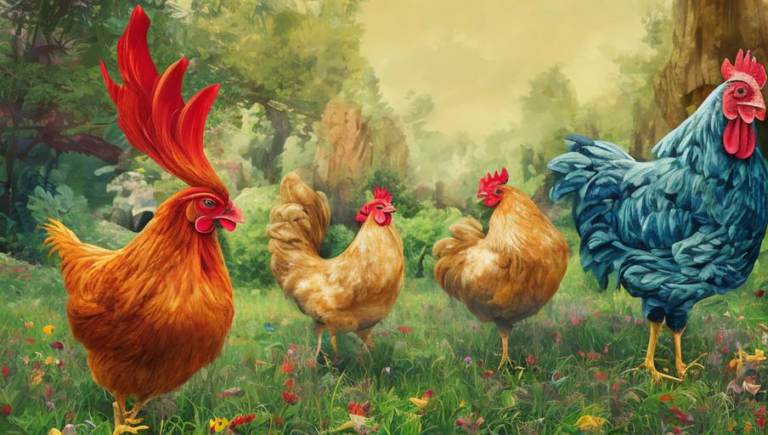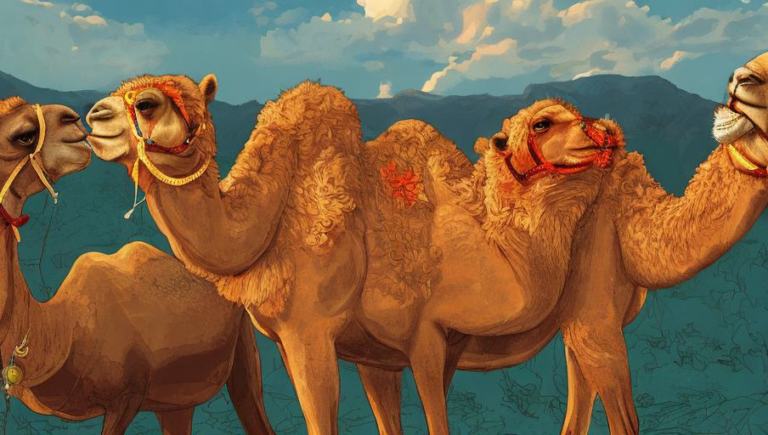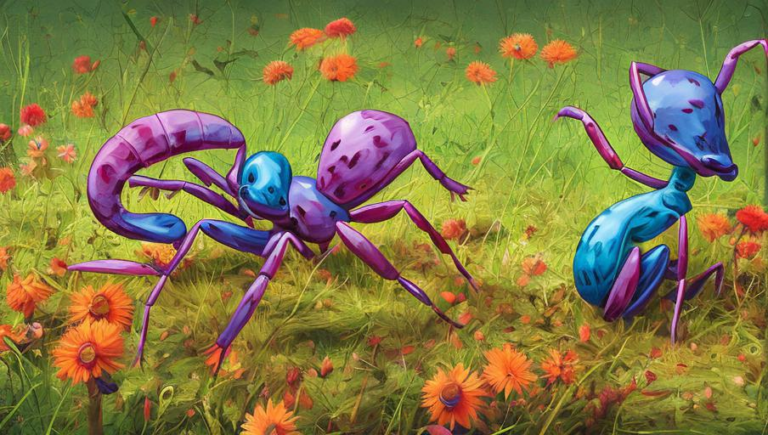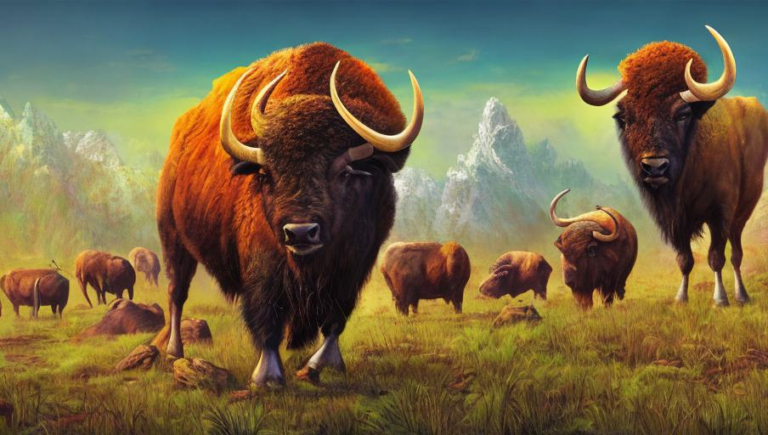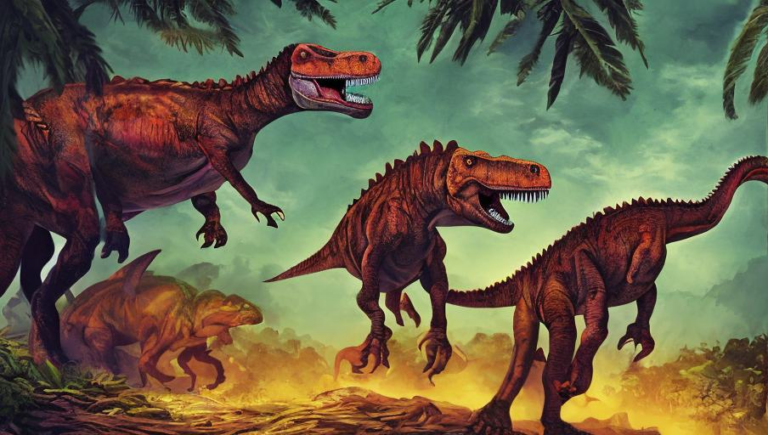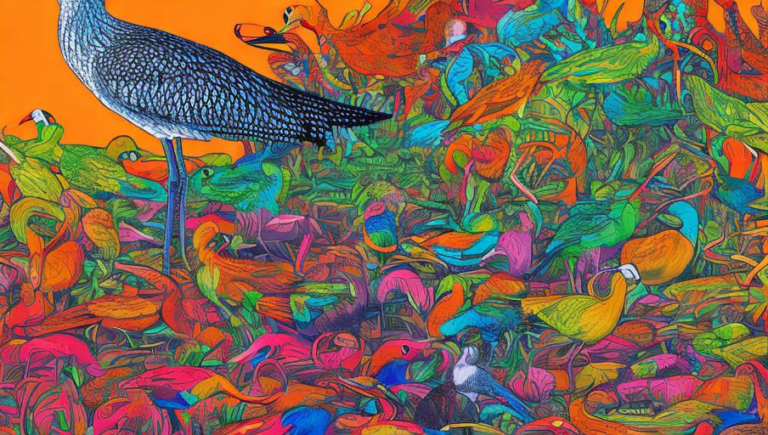Limiting the Impact of Human Activity on Cassowaries
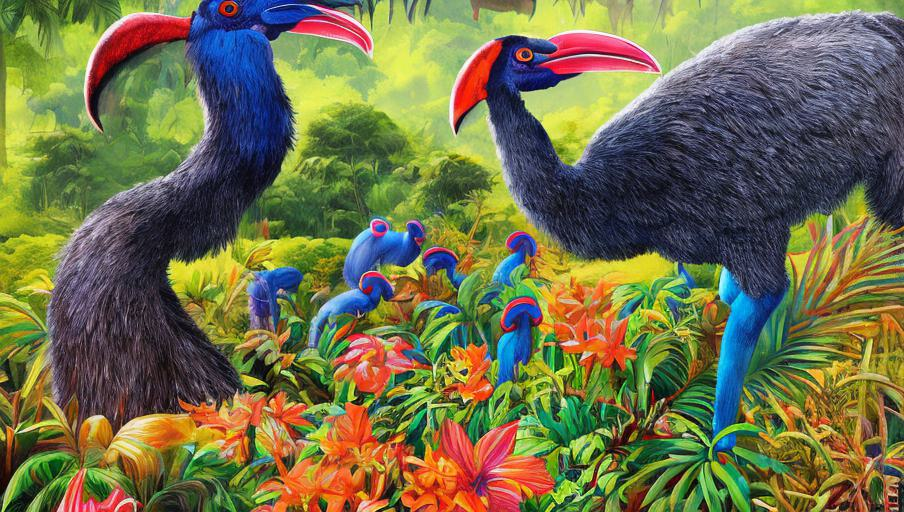
Introduction
The Cassowary is an iconic and unique bird native to the tropical forests of northern Australia and New Guinea. These birds are the third-tallest and second-heaviest living birds in the world, with an average height of 1.5 meters and a weight of 30-60 kg. Unfortunately, their population has been facing a decline in recent years due to human activity. This article will explore the impact of human activity on Cassowaries and how we can limit the damage it has caused.
Habitat Loss
Habitat loss is one of the biggest threats to the Cassowary population. The destruction of rainforests due to activities such as logging and land clearing has caused a dramatic loss of their natural habitat. This has resulted in a decrease in the number of Cassowaries in the wild, as well as their range. Furthermore, the fragmentation of their habitat can lead to a decrease in the number of individuals able to survive in an area, as well as a decrease in the number of individuals able to find a mate.
Hunting and Poaching
Hunting and poaching of Cassowaries has also been a problem in recent years. In some areas, they are hunted for their meat and eggs, while in others they are killed for sport. Additionally, the feathers of these birds are highly prized by collectors, leading to an increase in illegal poaching. This has further contributed to the decline in the Cassowary population.
Vehicle Collisions
Vehicle collisions are another major threat to the Cassowary population. These birds often cross roads in search of food, and they can be easily spooked by the noise and lights of passing vehicles. As a result, they are at risk of being hit by cars and trucks. The number of collisions has been increasing due to the increased development in their natural habitats.
Solutions
Fortunately, there are steps we can take to limit the impact of human activity on Cassowaries. One of the most important is to create protected areas for them to live in. This will help to create a safe space for them to live, as well as serve as a refuge for them if their natural habitats are destroyed. Additionally, strict laws and regulations should be put in place to protect them from hunting and poaching. Finally, more can be done to reduce the number of vehicle collisions, such as creating wildlife crossing signs and speed limits in areas where Cassowaries are known to cross roads.
Conclusion
The Cassowary is a unique and iconic bird that is facing a decline in population due to human activity. Fortunately, there are steps we can take to limit the damage our activities have caused. By creating protected areas, putting strict laws in place, and reducing the number of vehicle collisions, we can help ensure the survival of this majestic species.
